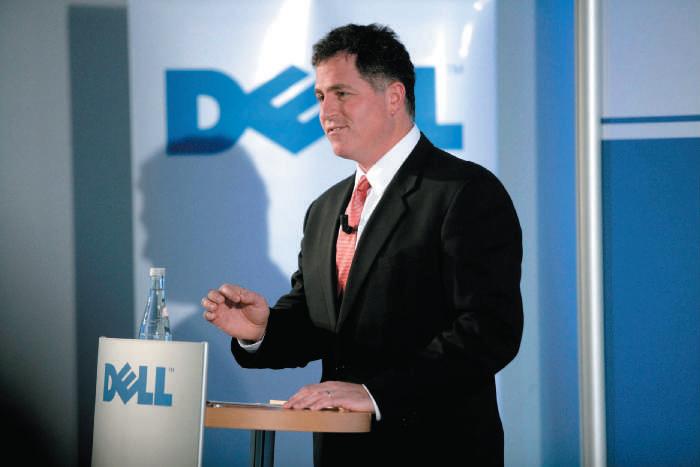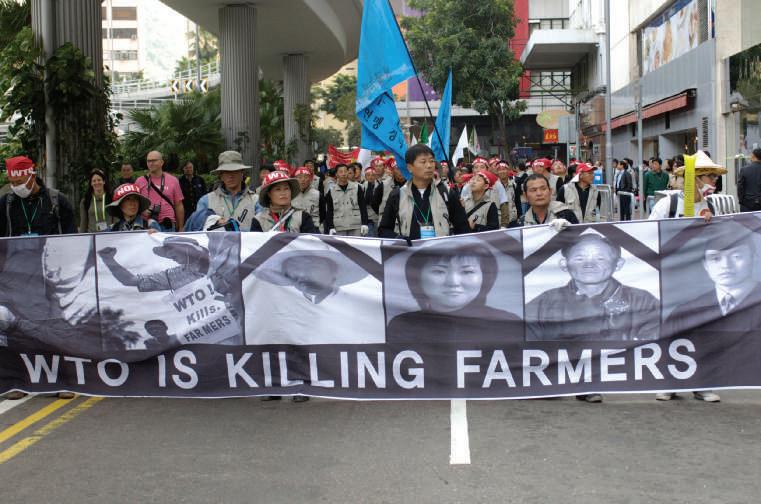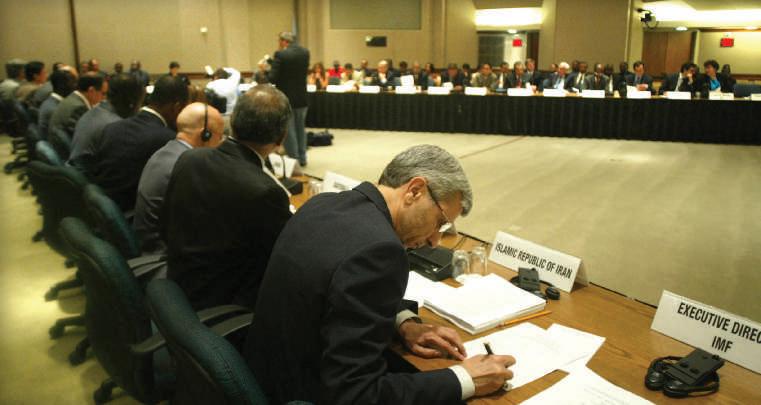221
Frances Roberts/Alamy
S t r a t eg y Fo r m u la t io n
Customers of this Starbucks Coffee shop can expect being able to buy a high-quality cup of coffee.
At the other end of the spectrum, Starbucks Corporation’s mission statement takes a much broader quality-oriented stance. It states that Starbucks’ mission is “to inspire and nurture the human spirit—one person, one cup, one neighborhood at a time” and that with respect to its coffee “it has been, and always will be about quality . . . sourcing the finest coffee beans.”4 Thus, Starbucks cares strongly about the communities it serves around the world and about providing customers in those communities with the highest-quality cup of coffee. Notice, however, that neither Starbucks’ nor Walmart’s mission statements say anything about company shareholders or fiscal responsibility. Many corporate mission statements, however, do emphasize such priorities. For example, the mission statement of Anadarko Petroleum Company, a $13 billion per year global oil exploration firm, states: “Our mission is to deliver a competitive and sustainable rate of return to shareholders by developing, acquiring, and exploring for oil and gas resources vital to the world’s health and welfare.” Anadarko’s mission has both a global (world) orientation and a strong focus on providing a solid and continuing “rate of return” to shareholders.5 Finally, and somewhat similarly, the mission statement of Altria Corporation (the manufacturer of Marlboro, Benson & Hedges, and other cigarettes) says that company’s mission “is to own and develop financially disciplined businesses that are leaders in responsibly providing adult tobacco consumers with superior branded products.”6 In sum, corporate mission statements in a sense provide a blueprint for companies in their strategy formulation and control functions. As the company conducts business, its executives can monitor performance against its stated mission and goals. One critical difference among mission statements of different companies is the extent to which they express an orientation toward shareholders versus stakeholders or vice versa.
9-1b Shareholders versus Stakeholders The shareholder model of strategy formulation operates from the basic premise that the key strategic purpose of a business is to maximize financial returns for its owners or shareholders. The late Nobel Laureate economist, Milton Friedman, a proponent of this viewpoint, summarized it by once stating that the overriding strategic goal of corporate officers should be “to make as much money for their shareholders as possible.”7 Graphically, a shareholder model of strategy formulation is set forth in Exhibit 9.1.
shareholder model of strategy formulation
strategy formulation model that operates from the basic premise that the key strategic purpose of a business is to maximize financial returns for its owners/shareholders
Copyright 2017 Cengage Learning. All Rights Reserved. May not be copied, scanned, or duplicated, in whole or in part. Due to electronic rights, some third party content may be suppressed from the eBook and/or eChapter(s). Editorial review has deemed that any suppressed content does not materially affect the overall learning experience. Cengage Learning reserves the right to remove additional content at any time if subsequent rights restrictions require it.







































